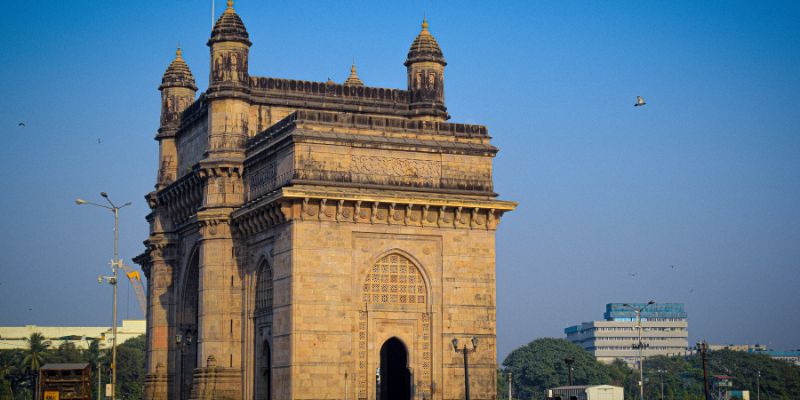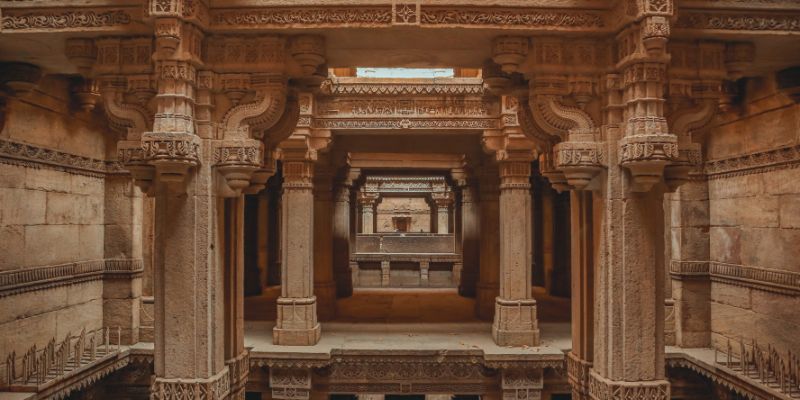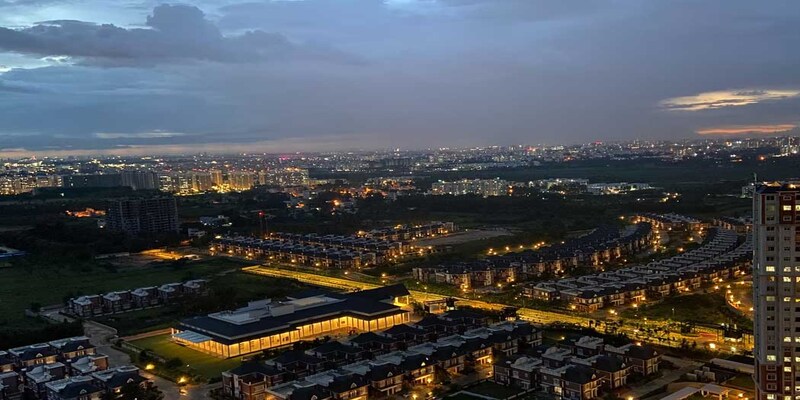If India is known for any aesthetic excellence, it is for its architecture. The history of Indian architecture is extensive and spans many centuries. The architectural practices of the modern states of India, Pakistan, and Bangladesh, which comprise the Indian subcontinent, are included.
Wooden structures were used in India for a long time, followed by brick. Due to the harsh conditions in India, only a few instances of such old buildings, especially those made of wood, have survived to the present day. Around the 6th century, architects on the subcontinent began using stone in their constructions.
At little time, ancient architects had mastered the art of stone cutting and building. Stone was widely used for monumental construction by the 7th century. India is home to several medieval temples made of stone, many of which are still in use today.
Here is a list of the top 7 most recognizable Indian landmarks, ranging from ancient Indian monuments to the grandest Mughal masterpieces. Their magnificent structures and extensive histories testify to India's rich and varied past.

7 Incient Architectures Of India
Sun Temple
The Sun Temple of Konark, meaning "sun's corner" in Sanskrit, is a revered temple to the solar deity Surya. The Sun Temple's architectural greatness demands that it be featured prominently in any discussion of ancient architecture. The temple, situated on the coast of the Bay of Bengal, is home to several enormous, artistically built buildings that represent the Sun god's chariot, complete with 24 carved wheels.
The chariot of the Sun God is a marvel of design, with wheels measuring 3 meters in diameter, being drawn by 7 horses, and being guarded by 2 lions. An outstanding example of the harmonious union of science and architecture, this remarkable structure maintains its ability to tell time to the nearest minute.
Victoria Memorial
After the British invaded India, the country saw significant architectural progress. During the colonial period, Indo-Saracenic architecture emerged. Elements of Islamic, Hindu, and Western styles are blended in this style to create a new hybrid that is a colonial architecture.
The Victoria Memorial in Kolkata is a wonderful example of this kind. There is a lot of pride in the diversity of India's heritage, and this modern architecture complements that pride. This stunning Indian structure, made of white marble, was built to honor the memories of Queen Victoria.
Meenakshi Temple
One of India's defining features is its many magnificent temples. The temples of India are largely responsible for the country's renown, as they were built to an elevated quality. Different regions and ethnic groups have left their mark on one architectural style.
The Meenakshi Temple in South India is the pinnacle of Dravidian design. Dedicated to both Shiva and Parvati, this temple may be found on the banks of the Vaigai River. Not only are the stories of Hindu mythology spoken here famous, but so are the intricate designs that decorate the temple's walls and ceiling.
Humayun's Tomb
The monument is one of India's most well-known UNESCO World Heritage monuments; Bega Begum built it in honor of her late husband, the Mughal emperor Humayun. The Humayun's Tomb is an outstanding example of Mughal architecture consistent with other main Mughal styles.
The monument, which was built in a style that combines Persian and Indian influences, ensures that its name will live on in perpetuity. There are 150 tombs of Mughal family members on the grounds around the monument. The symmetrical layout of the monument lends it an originality that no other structure can equal.
The Taj Mahal
The Taj Mahal, the world-famous monument and a symbol of eternal love, is also a work of architectural genius. The Taj Mahal must be included in any discussion about India's incredible buildings.
It is an architectural marvel, a mausoleum constructed by the Mughal emperor Shah Jahan over 22 years in the 17th century. It synthesizes Hindu and Indo-Islamic architectural traditions, rendered in white marble embellished with more than 28 varieties of precious stones sent from places like Tibet and Persia.
The most astonishing thing about the Taj Mahal is its ability to transform from a pinkish hue at sunrise to a gold color at midday and a milky white tone at moonlight. As the last resting place of Shah Jahan and his bride, the monument is now popular for couples.
Great Stupa At Sanchi
If we say structures as ancient, we do not simply imply that they were constructed in the distant past. The origins of ancient architecture go back considerably further, to the dawn of civilization itself. From the towns of the Indus Valley period, majestic and enduring ruins still survive.
Buddhists in this nation have left their mark on the built environment with stupas, monasteries, and shrines. Sanchi Stupa in Madhya Pradesh is one of the world's most well-known Buddhist monuments. This stupa is one of the oldest and best preserved in the area, receiving thousands of visitors every year.
There are exquisite works of Buddhist art adorning the stupa. This building's main body represents cosmic Mount Shasta. Important features of this kind of architecture include the 'harmika' that supports the 'Chhatrapati,' also known as a triple umbrella. The huge hemispherical canopy is impressive.
Mahabodhi Temple
A prince turned monk was on a quest for wisdom and understanding while the rest of the world was preoccupied with material gain and territorial expansion. This prince was none other than the future Buddha, Siddhartha, rather than factual information, metaphysical, and ultimate truth knowledge.
Emperor Ashoka built the Mahabodhi temple in the third century BCE on the site of the sacred tree. The Vajrasana Temple, one of the complex's six main buildings, is the main draw. In the middle of the 2000-year-old temple is a Bodhi tree that is 50 meters tall.
The magnificent lotus pond where Buddha is said to have spent a week in repentance may be seen not far from the tree. This UNESCO World Heritage site is one of the greatest architectural sites in India, not just because of its physical beauty but also because of its spiritual vibe.

Conclusion:
It's fascinating that the maximum degree of innovation tried at the time made it feasible for all these structures to be created. They were brave enough to introduce an alternative to commonly used construction materials.
The original purpose of innovations like arches was to improve structural integrity. But they were also designed to be aesthetically pleasing and eventually began to be used as a decorative element.




